The Toolkit & the SDGs
The Rapid Planning Toolkit has been designed to directly address the UN’s 2030 Sustainable Development Goals and the aspirations of the New Urban Agenda.
Goal 11
Sustainable Cities and Communities
This goal has been identified as best connected to the other goals and therefore planning to accomdate the phenomenon of rapid urbanisation is the most direct way to in part target all SDGs.
The Toolkit helps you to meet SDG 11 by collaborating across professions and involving all stakeholders to draft a City Growth Charter and implement a rapid growth plan in order to create a sustainable city and community.
-
Filter by:
- Rapid Toolkit SDGs
- Step 1 SDGs
- Step 2 SDGs
- Step 3 SDGs
- Step 4 SDGs
- All
The Toolkit helps you to meet SDG1 by creating access to basic services, transport corridors connecting to employment opportunities, addressing land ownership and reducing the exposure and vulnerability to climate-related extreme events
The Toolkit helps you to meet SDG2 by preserving environmental and agricultural areas and capacity, ensuring access to local markets to address issues of food security
The Toolkit helps you to meet SDG3 by preventing building in swamps or wetlands, creating space for drainage channels, recreation, healthcare facilities and waste management
The Toolkit helps you to meet SDG4 by ensuring space for schools at the heart of communities and safe walking routes to and from school
The Toolkit helps you to meet SDG5 by advocating for the inclusion of women in the planning process, as well as through creating access to key daily-use facilities that are within walking distance
The Toolkit helps you to meet SDG6 by preserving blue corridors and space around wells, encouraging provision for water and sanitation services at the heart of communities whilst avoiding the contamination of supplies
The Toolkit helps you to meet SDG7 by ensuring main routes connecting neighbourhoods are preserved to enable key infrastructure implementation e.g. utilities and solar clusters
The Toolkit helps you to meet SDG8 by creating more local workplaces for citizens, and better access to jobs in other parts of the city
The Toolkit helps you to meet SDG9 by making space for industrial areas and space in buildings for start up businesses linked to schools/colleges/universities
The Toolkit helps you to meet SDG10 by allowing access for all thorough transport corridors and mixed use planning
The Toolkit helps you to meet SDG 11 by collaborating across professions and involving all stakeholders to draft a City Growth Charter and implement a rapid growth plan in order to create a sustainable city and community
The Toolkit helps you to meet SDG12 by creating localised agriculture and recycling/composting areas, using local, natural or re-used materials for construction and reducing the volume of vehicle movements
The Toolkit helps you to meet SDG13 by reducing the need for vehicle movement through; proper planning in the design of walkable neighbourhoods, urban greening, preservation of environmentally sensitive areas and promoting green building techniques
The Toolkit helps you to meet SDG14 by preserving blue corridors and minimising pollution and run off through lack of sanitation
The Toolkit helps you to meet SDG15 by preserving green corridors and areas of woodland and forest by rapid planning and awareness raising with a city charter
The Toolkit helps you to meet SDG16 by building relationships between central and local government, landowners and communities which is essential in the face of rapid urbanisation
The Toolkit helps you to meet SDG17 by encouraging local key stakeholders to work together to help plan for the future, and capacity building as part of the Toolkit process
